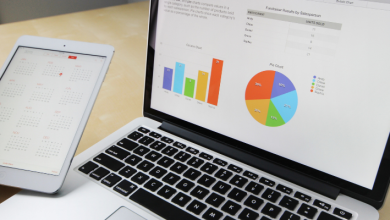What is proximity marketing and how does it work?

Users make transactions every day and today they receive a huge amount of information through advertising and marketing channels. According to research, today’s consumer is not willing to pay for a transaction just to give money away.
If you look at the advertising industry, in a global perspective, it is worth $ 563 billion. Of this amount, $ 34 billion is spent on advertising in shopping malls. And $ 269 billion is the expenses that companies spend on marketing content in order to convey information about certain services to the consumer.
And How is it happening today?. Let’s look at the example of Viber mailing. The consumer receives such a large number of notifications in this channel because there is a certain problem in communication with his identification at the place of purchase: at a gas station, in a shopping center or in any other store. This is where proximity marketing comes to the rescue, which solves three main questions for the retailer: who, here and now, is at a gas station, in a store or in a pharmacy.
So, what is proximity marketing technology?
In scientific language, it is a location-specific wireless transmission of marketing content. For example, a customer came to a store, he was identified and a notification was sent to him. Moreover, we know what he buys in this store, how often he goes there. Thus, the consumer and his attention are protected from unnecessary spam and messages.
Proximity Marketing is a relatively young industry. According to the global forecast, by the end of 2022, its volume will be $ 56 billion. This is what will replace mailing flyers, Viber mailings and any other content unnecessary for the consumer.
The key link for consumer identification is a mobile phone. It is also a substitute for discount programs for many networks. How does a retailer know when a customer is in a store? For this, Proximity Marketing and Bluetooth technology are used.
Today advertising in mobile applications accounts for 32% ($ 184 billion) of the total advertising market. On average, a consumer spends 3.5 hours a day on a mobile phone, and uses 13 minutes of this amount to search for receiving information. According to statistics, a consumer can have 20 to 30 applications installed on his phone, which he uses throughout the month.
According to Google statistics for 2018, users are using the pronoun “I” more often. For example, in queries: “Where can I buy a product?”, “Where can I park?”, “Where can I go?”. And words like “near” + “buy” began to be searched more often by 500%, “open” and “now” – by 200%.
According to the same statistics, mobile search grows by 120% while waiting. That is, while waiting for his order, the client is looking for an alternative offer – looking for something cheaper or better.
Customers do not like to publicly evaluate the work of the staff and the store. With the help of Proximity Marketing, customers will be able to assess the quality of the service on the way home. This is especially true for chains of restaurants and cafes, where management manages processes remotely.






